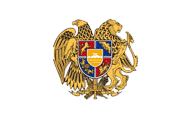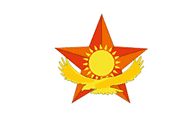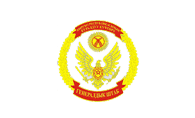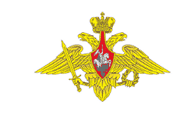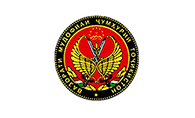The CSTO peacekeeping force is a set of peacekeeping contingents designed to participate in CSTO peacekeeping operations.
For the recruitment of peacekeeping forces, the member states of the Organization, in accordance with their national legislation, allocate peacekeeping contingents on an ongoing basis.
The peacekeeping contingents of the CSTO member states are specially trained military, police (police) and civilian personnel, as well as the forces and means provided by the member states of the Organization to the composition of the CSTO peacekeeping forces.
The total number is about 3,600 people.




To participate in a specific peacekeeping operation, the Collective Peacekeeping Forces are created from the composition of the peacekeeping forces.
The Collective Peacekeeping Forces of the CSTO are units (divisions) from the peacekeeping contingents allocated by the member states of the Organization for the period of the peacekeeping operation.
The composition, structure and strength of the Collective Peacekeeping Forces are determined by the decision of the CSTO Collective Security Council for each peacekeeping operation individually, based on the volume of tasks and the specific situation in the conflict zone.
The composition of the Collective Peacekeeping Forces may include military, police (police) and civilian personnel, from which are formed:
- combined Command; combat units (units);
- police units (police);
- a group of military observers;
- units (units) of combat,
- technical and rear support;
- other bodies and departments to ensure the implementation of the tasks.
When conducting a peacekeeping operation, the following tasks may be assigned to the collective peacekeeping forces:
- monitoring the cease-fire and cease-fire agreements, helping to create a secure environment in crisis areas by ensuring the visible presence of the Collective Peacekeeping Forces;
- designation of areas of responsibility, separation of conflicting parties, creation of demilitarized zones, zones of separation, humanitarian corridors, facilitating deconcentration of forces of the parties, preventing their movements and collisions in these zones;
- creating conditions for negotiations and other measures for the peaceful settlement of the conflict, the restoration of law and order, the normal functioning of state and public institutions and organizations;
- the establishment of facts of violation of the cease-fire agreement and the truce and the investigation of them;
- control of the locality and actions of the population in the area of responsibility, combating mass unrest, promoting human rights;
- control over the elimination of fortifications, barriers and minefields;
- participation in demining areas and facilities;
- protection and defense of vital objects;
- taking measures to ensure communication between the conflicting parties and the security of official meetings between them at all levels;
- control of transportation, suppression of unlawful importation and exportation of military equipment, weapons, ammunition and explosives;
- ensuring safe transit of all types of transport and functioning of communications;
- assistance in establishing normal contacts between the population of the conflicting parties;
- ensuring safe conditions for the return of refugees;
- rendering, within their capabilities, medical assistance to the civilian population in the conflict zone, including in the event of environmental disasters or natural disasters;
- ensuring unhindered supplies of humanitarian assistance;
- other tasks assigned to the Collective peacekeeping forces by the decision of the Collective Security Council of the CSTO or the relevant Mandate, in the interests of resolving the conflict.

